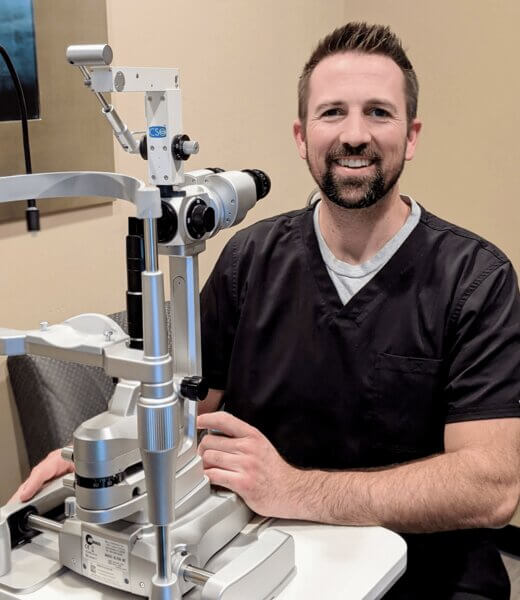If you spend any significant amount of time on your computer or smart device, you probably have at least heard about the research on blue light and eyesight health. Even if you haven’t, chances are that these (and other) blue light devices, along with the “blue” light they emit, affect your life in some pretty significant ways.
But when we talk about the connection between exposure to blue light and eyesight health, opinions about it’s danger (or lack thereof) are all over the place. It only takes a few minutes of searching for information on blue light and eyesight health to begin formulating emotionally heavy internal questions like:
Is it harmful? Is it not harmful? Should I worry? Should I limit screen time? Should I buy glasses that promise to filter out the light? Should I go back to using oil burning lamps and handwriting letters to send in the actual mail?
Educatedly Guessing About the Effects of Blue Light on the Eyes
Don’t get us wrong, these are all very valid questions. Well, except for maybe the last two! The problem is that we can’t answer any of them with certainty at this time. Medically speaking, we just don’t know enough about blue light yet. We don’t know the lasting effects of blue light on eyesight health, and we won’t for at least another 20 years…while our current (digital) generation becomes test subjects whether, and just like exposure to blue light, we know it or not.
In lieu of “knowing for sure” when it comes to blue light and eyesight health, it is extremely important to discuss what we know about it right now. This way, you can make an informed, educated decision for yourself and your family about the role of blue light devices in your lives, as well as the potential effects of blue light on eyesight health for everyone in both the short and long-term. Let’s start by talking about the science of HEV Blue Light.
What is HEV Blue Light?
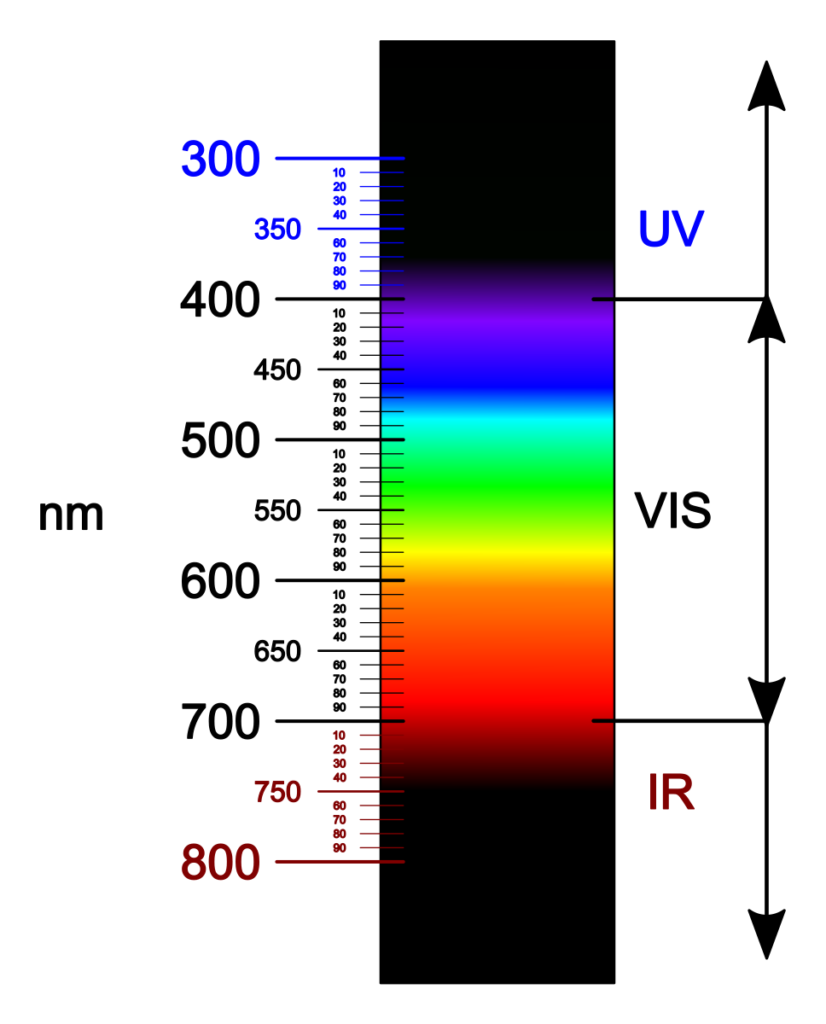
The Visible Light Spectrum Graphic Image Designed by Fulvio314
So, just what is HEV Blue Light? HEV stands for “high-energy visible,” and it refers to the vibrational frequency, or wavelength, of the color blue on the visible light spectrum. HEV blue light has one of the shortest, yet highest energy wavelengths on the visible light spectrum. Versus red light, which has a longer wavelength and lower energy output, HEV Blue Light wavelengths flicker more easily and for longer amounts of time. The flickering blue light wavelengths create a glare that affects clarity and contrast.
What are Blue Light Devices?
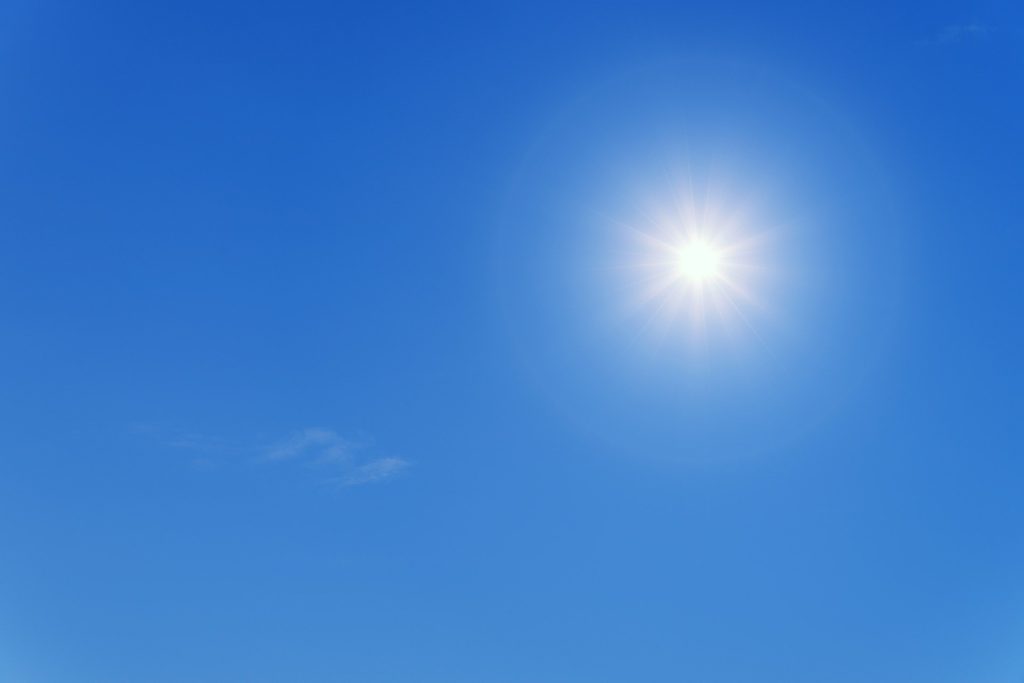
Actually, largest blue light emitting device in our solar system is the sun. When the shorter, higher energy blue wavelengths collide with air molecules, blue light scatters all over the place. This is why the Earth’s sky looks blue and not green, purple or red.
Of course, sunlight is extremely important to the health and wellness of humans. What is more, the atmospheric results of the most amazing of all natural blue light devices allows us to regulate our bodies’ natural sleep and wake cycles, or circadian rhythms. Other positives effects of natural blue light devices like the sun are:
- Heightened Reaction Times
- Elevated moods
- Boosted alertness
- An Overall Increased Feeling of Well-Being
- Growth and Development of Vision in Children
- (Potentially) a Decrease in Myopia/Nearsightedness
What is an Artificial Blue Light Device?

An artificial blue light device mimics the sun’s effect on our eyes, even if to a lesser extent than staring straight up into the sky on a bright, cloudless day… which we do not recommend doing anymore than we recommend staring at or into an artificial blue light device every waking moment! An artificial blue light device includes:
- Fluorescent lighting
- CFL (compact fluorescent light) lighting
- LED lighting
- Flat screen televisions (LCD/LED, etc.)
- Computer monitors, smart phones, and tablet devices, etc.
So why do we currently know that is it not good to be looking at or into or even with the assistance of these artificial HEV blue light sources all the time? Well, and among other reasons, our eyes’ natural filters are incapable of providing sufficient protection from the sun’s blue light. This means, by default really, they will have issues protecting themselves (and the rest of us!) from the blue light that emanates from the devices we’ve created.
Does Blue Light Damage Eyes?
Now to the million dollar question: Does blue light damage eyes? Well, according to David J. Ramsey, MD, PhD, MPH, the Director of Ophthalmic Research at the Lahey Hospital & Medical Center, we must take the size of the blue light source into account when beginning to formulate an answer to this very complex question…
“It all comes down to this: consumer electronics are not harmful to the retina because of the amount of light emitted. For example, recent iPhones have a maximum brightness of around 625 candelas per square meter (cd/m2). Brighter still, many retail stores have an ambient illumination twice as great. However, these sources pale in comparison to the sun, which yields an ambient illumination more than 10 times greater! High-intensity blue light from any source is potentially hazardous to the eye. Industry sources of blue light are purposely filtered or shielded to protect users.”

Fatoumata Yanoga MD of The Ohio State University agrees, but adds:
“These sources contain a small amount of blue light compared to the sun, but just think of the amount of time we spend on these devices and how close we put our faces to them. The fear is that it’s causing cumulative damage over a long period of time, as it passes through the cornea and lens and reaches the retina. One animal study showed blue light can cause toxicity to retina photosensitive cells, which are irreplaceable. The theory is that if it’s toxic to animal models then it can be to human beings (A large study that evaluated blue light in the rate of cataract formation in humans ended up being inconclusive.”
However, and as Dr. Yanoga goes on to say, “Damage to the retina can cause vision problems such as age-related macular degeneration, which can lead to permanent vision loss.”
The Connection Between Artificial Blue Light and Eye Strain
For all we don’t yet know about whether or not blue light seriously damages a human being’s eyes in the long-term, we do know that a connection exists between artificial blue light and eye strain/fatigue. “Digital Eye Strain” is the term for the harmful effects of living in front of a screen.
Specifically, Prevent Blindness discusses a study that shows blue light from computer screens and other digital devices can decrease contrast, which leads to eyestrain. Whether spending 8 hours straight at work, or just 2-3 hours in the evening, our eyes struggle to see through the glare and harmful, artificial blue light. Digital eye strain is also caused by a lack of sufficient blinking while looking at a digital screen.
Needless to say, the more time a person spends staring at and into digital devices that produce artificial blue light, the more of a chance they can suffer from digital eye strain.
The Connection Between Blue Light and Circadian Rhythm

Even more research is being conducted on the connection between artificial blue light and circadian rhythm. This includes a large NIMH study that found:
“If blue light is excessive, especially at night when melatonin production peaks, it can not only damage the retina through the ocular surface, but can also stimulate the brain, inhibit melatonin secretion, and increase corticosteroid production, thereby destroying hormonal secretion and directly affecting sleep quality”
Additionally, Harvard Researchers found that blue light suppresses melatonin secretion more so than green, and other forms of light. Specifically, at 6.5 hours’ exposure to blue and green light of comparable brightness, the blue light suppresses melatonin for almost twice as long as green, and it also shifts circadian rhythm for almost twice as long as the green light. Disruption of the circadian rhythm can cause psychological and behavioral changes leading to:
- Weight Gain
- Impulsivity
- Slower Thinking
- Motor Skill Issues
So, we can safely deduce at this point in time that blue light and circadian rhythm are probably related. What is more, it appears that light of any kind has a negative effect on circadian rhythm and thus, sleep. Blue light simply enhances the overall negative effects.
How to Protect Your Eyes From Blue Light Exposure
Now let’s talk about how to protect your eyes from blue light exposure… because it never hurts to take a bit of extra care now, if it might help preserve your eyesight in the long run! There are several easy ways to protect your eyes from blue light exposure:
- Spend less time in front of a screen and, if possible, high levels of artificial light in general in the evenings. Allowing your body to realign itself with the Earth’s light cycle can help reset your circadian rhythm.
- Make it a conscious point to blink frequently when looking at any type of digital screen. Digital eye strain is caused, in part, by the severe lack of blinking that occurs for most human beings when we stare at these screens! Every time we blink, our eyelids spread a mixture of oils and mucous secretions across the surface of the eye to keep our eyes from drying out. Blinking also keeps eyes safe from potentially damaging stimuli, such as bright lights and foreign bodies like dust.
- Apply the “20-20-20” rule. This means every 20 minutes, we spend 20 seconds looking at something approximately 20 feet away. This allows our eyes to refocus, prompts natural blinking and stretches the eye muscles, thereby reducing eye fatigue.
- If you wear prescription glasses, you can also look into purchasing a blue light filtering anti-reflective coating for your glasses. This coating filters out roughly 80% of blue light and reduces eye strain and digital fatigue. Glasses that filter blue light are also available for those who do not require a prescription.
The Best Optometrists in North Phoenix
When you choose Tatum EyeCare for you vision health and fashion needs, you are choosing optometrists in North Phoenix who are invested in our clients and community. We’ve proudly served the Valley of the Sun for over 20 years. We are here to answer any questions about our services you might have. Come see for yourself how Tatum EyeCare reframes customer service and optical expertise for everyone!

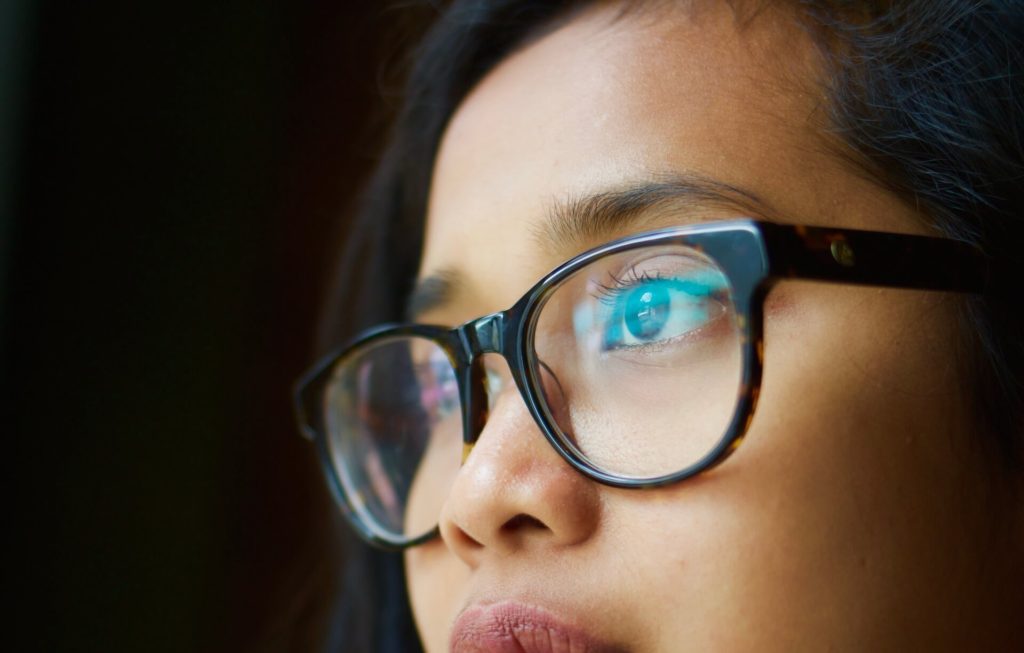

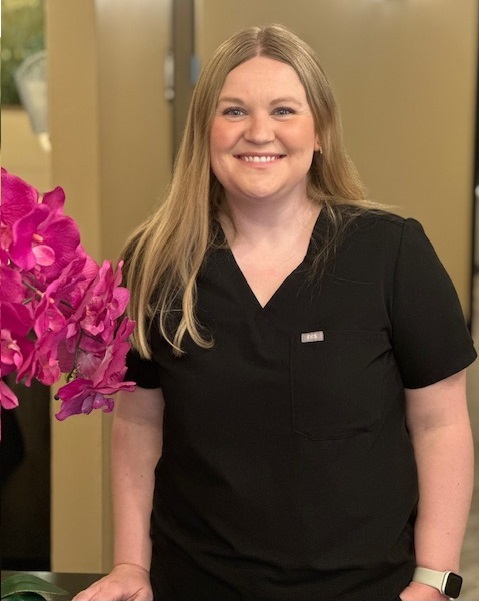



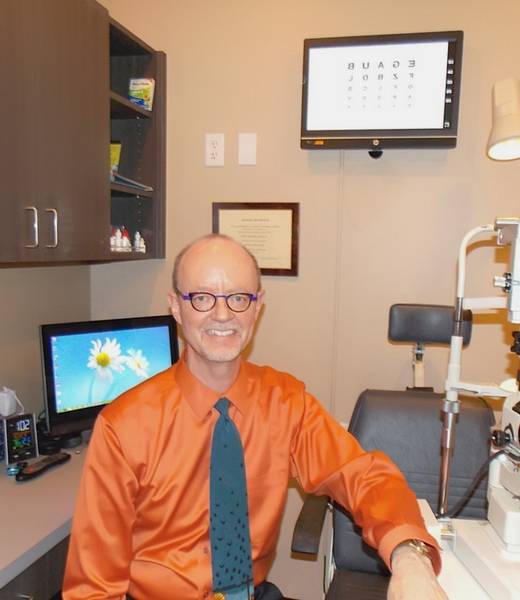

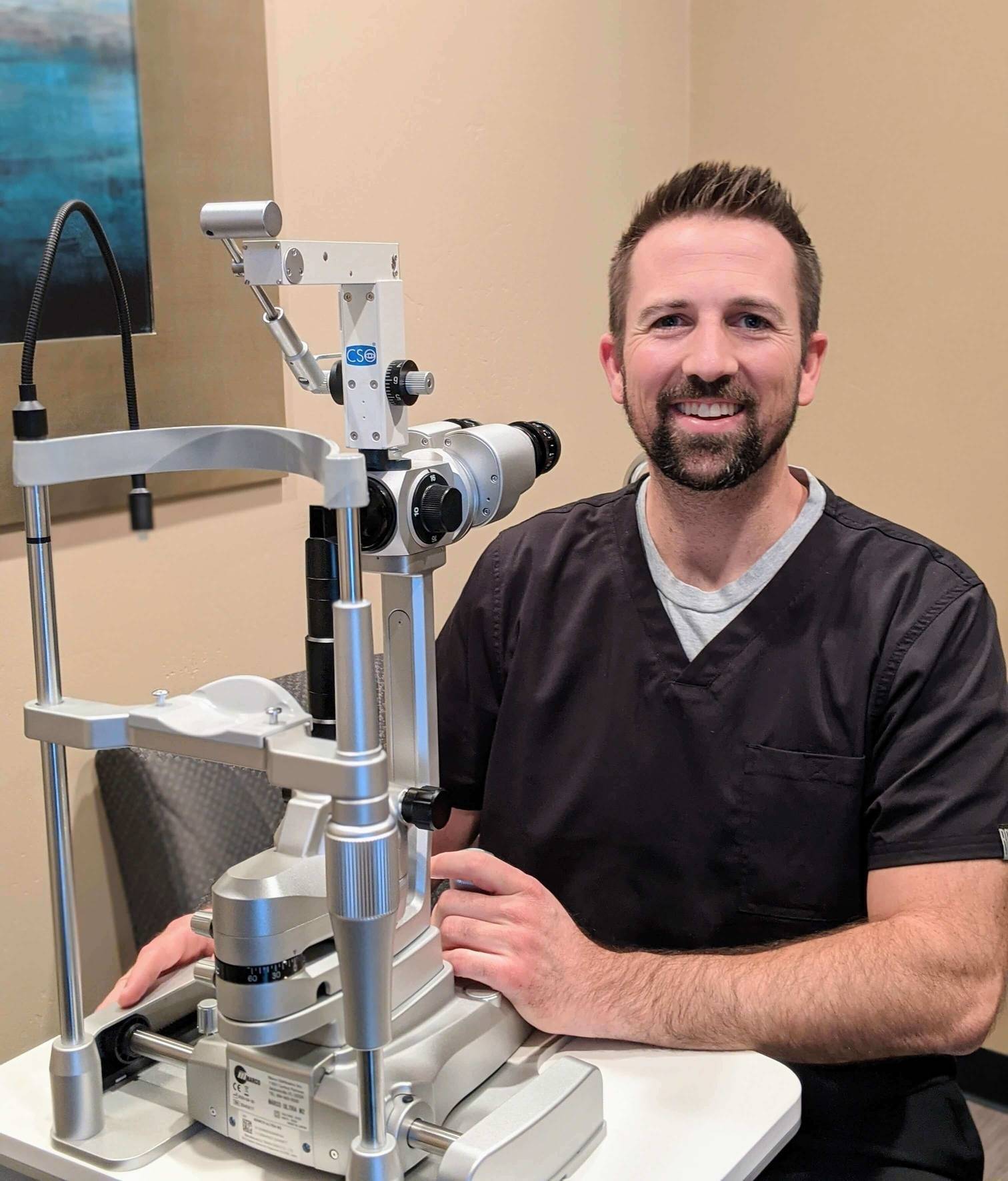
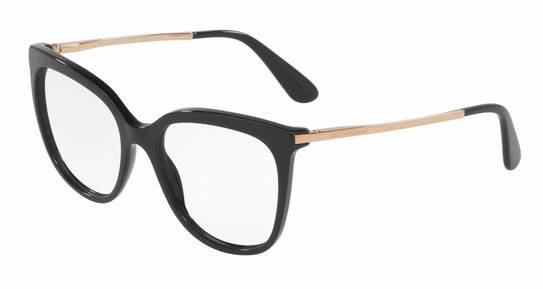






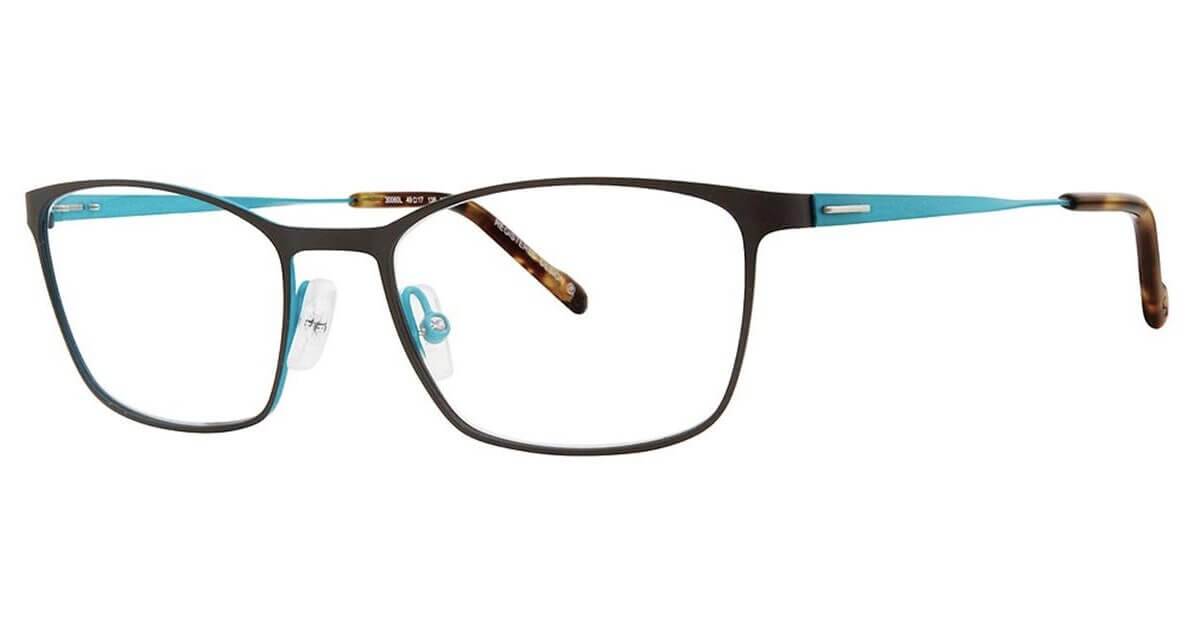

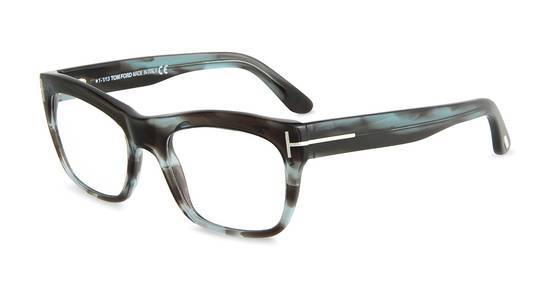
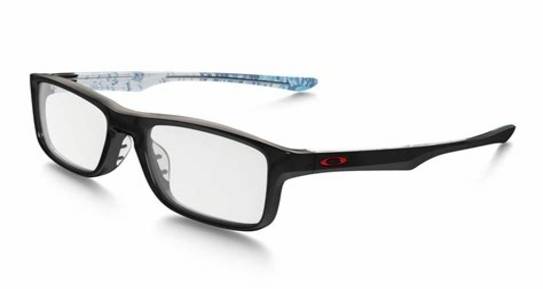
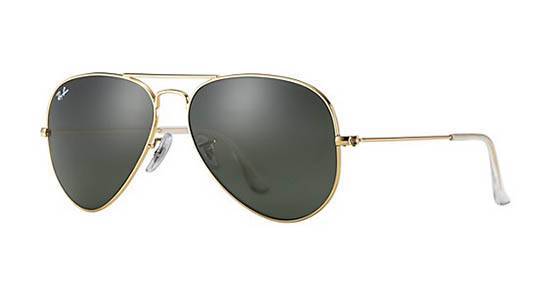
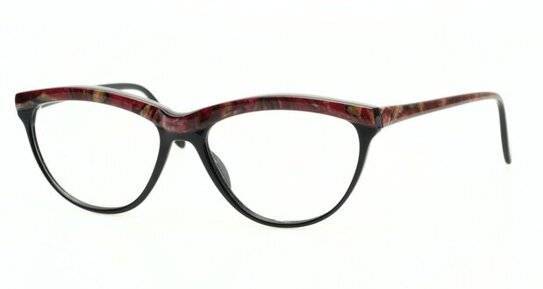
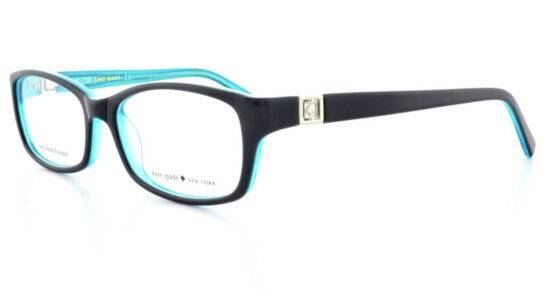
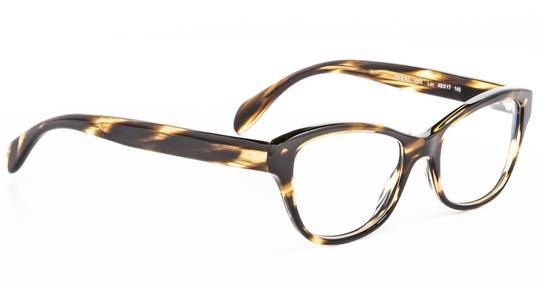
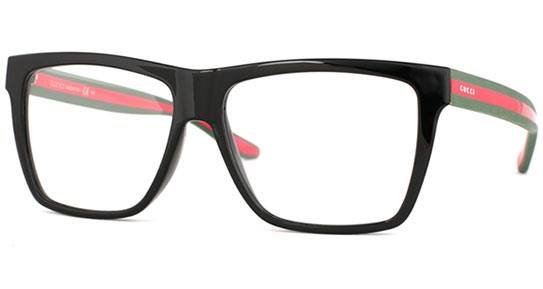
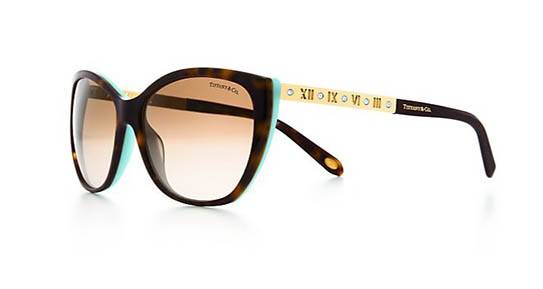
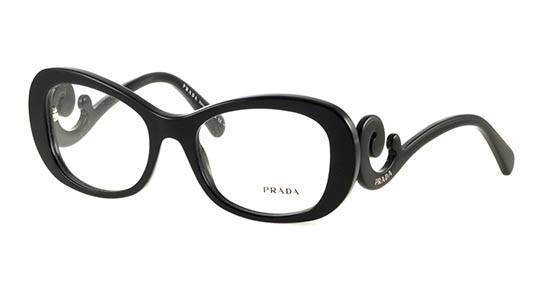
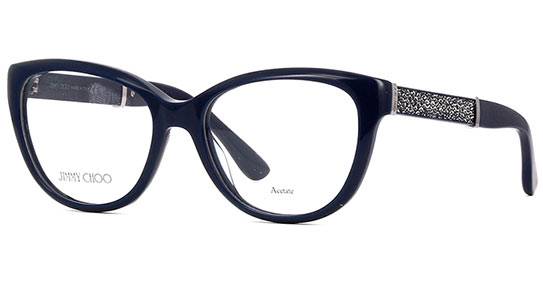
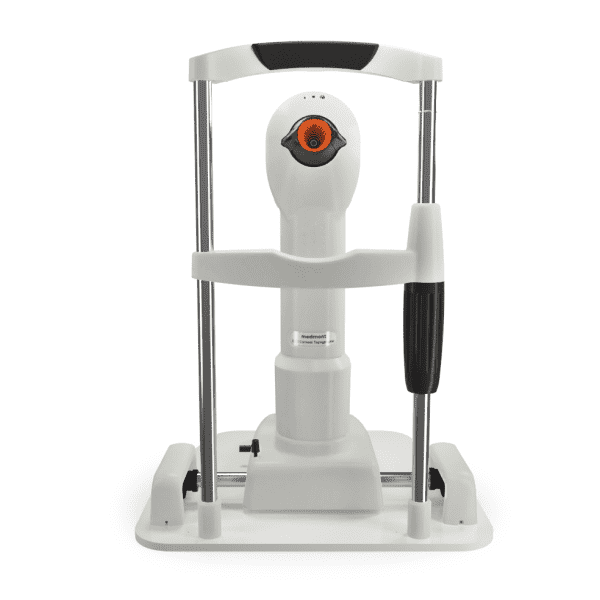
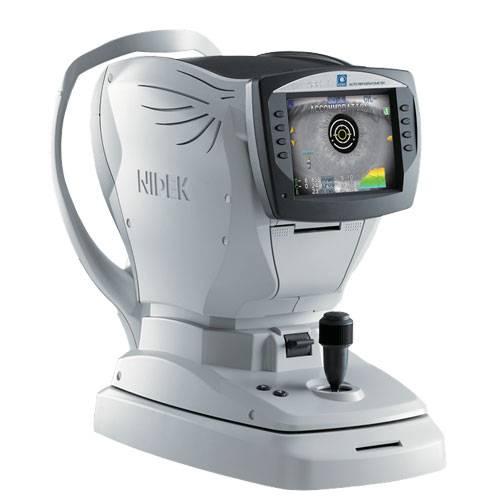
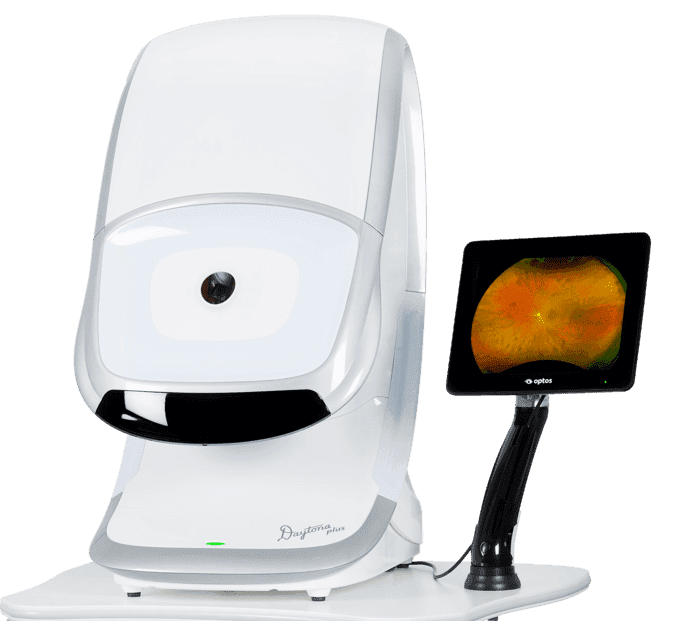
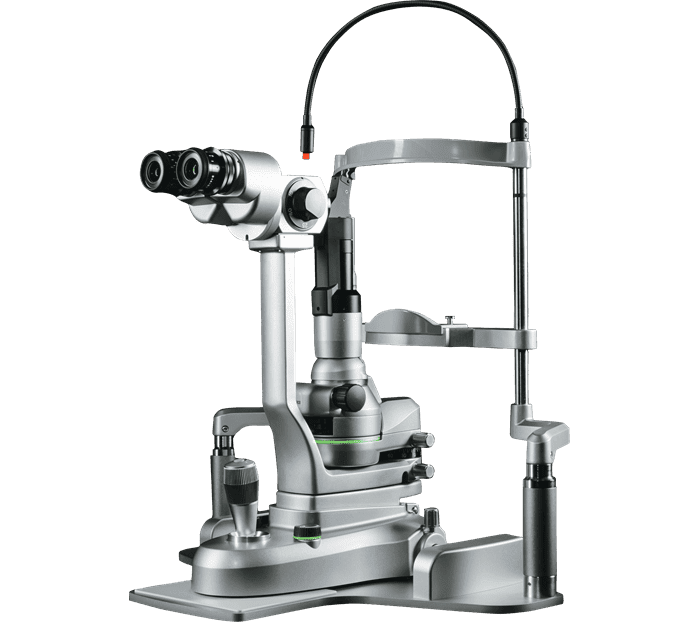
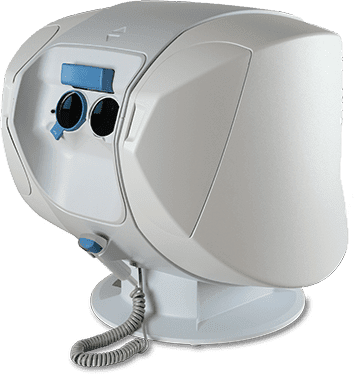
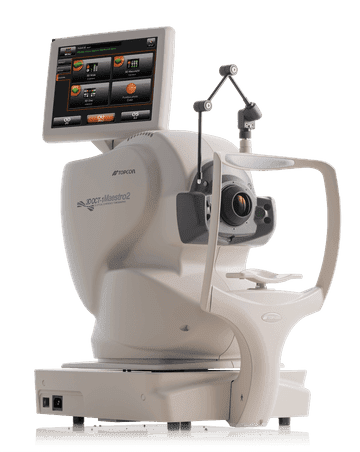
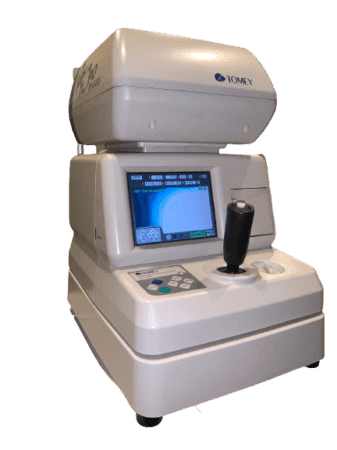
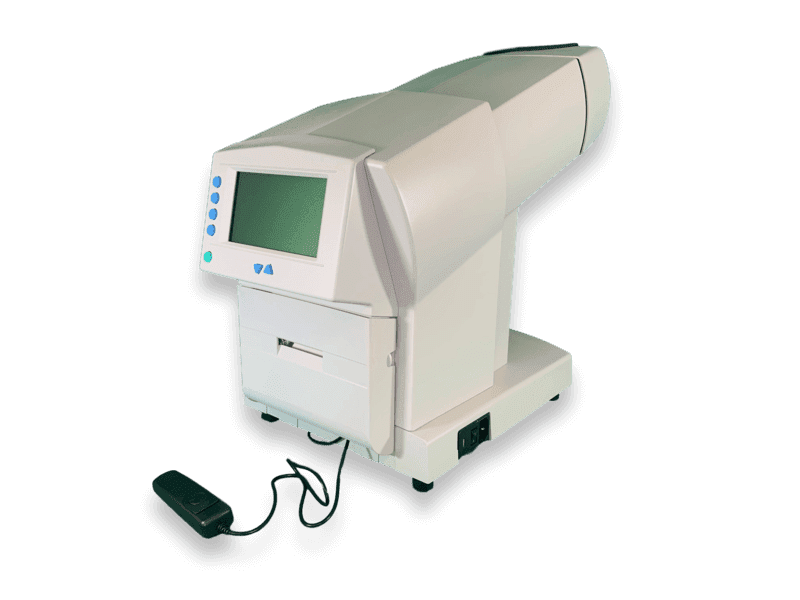
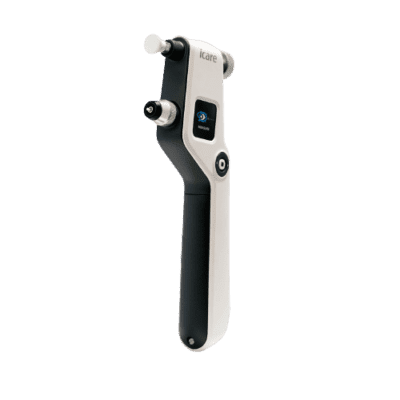
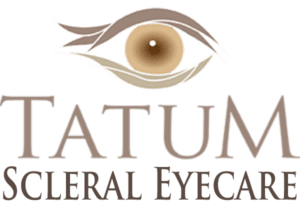
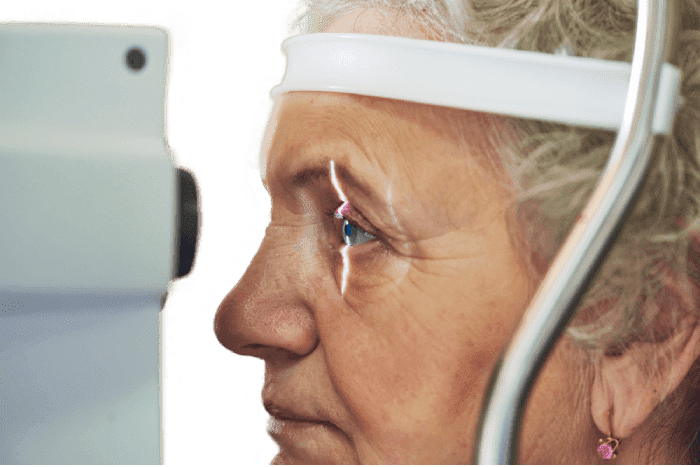
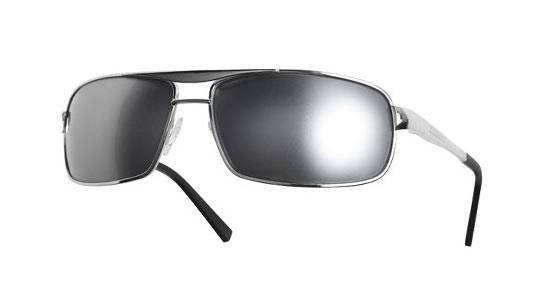 Dillon Optics, the performance eyewear arm of Dillon Precision, have a unique non-reflective, matte lens appearance incorporated with NIR lens technology. This produces noticeably sharper clarity, and protects the lens from damage and harmful environmental conditions. Perfect for outdoor sports and activities where precision vision is required. Tatum Eyecare carries a wide variety of Dillon Optics eyewear.
Dillon Optics, the performance eyewear arm of Dillon Precision, have a unique non-reflective, matte lens appearance incorporated with NIR lens technology. This produces noticeably sharper clarity, and protects the lens from damage and harmful environmental conditions. Perfect for outdoor sports and activities where precision vision is required. Tatum Eyecare carries a wide variety of Dillon Optics eyewear.




